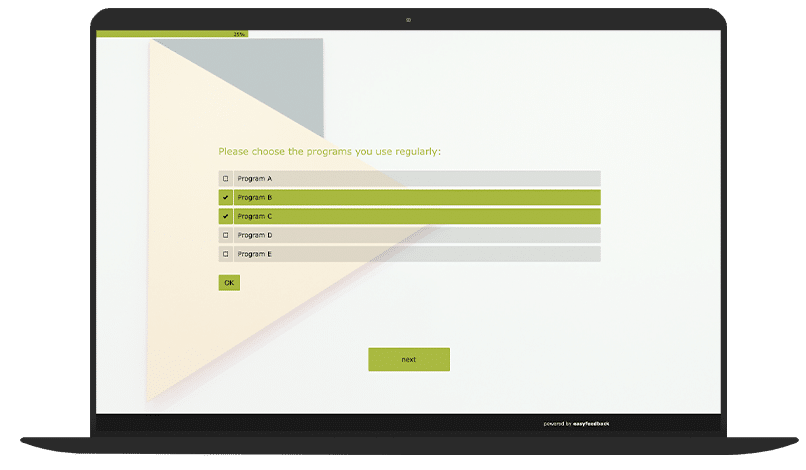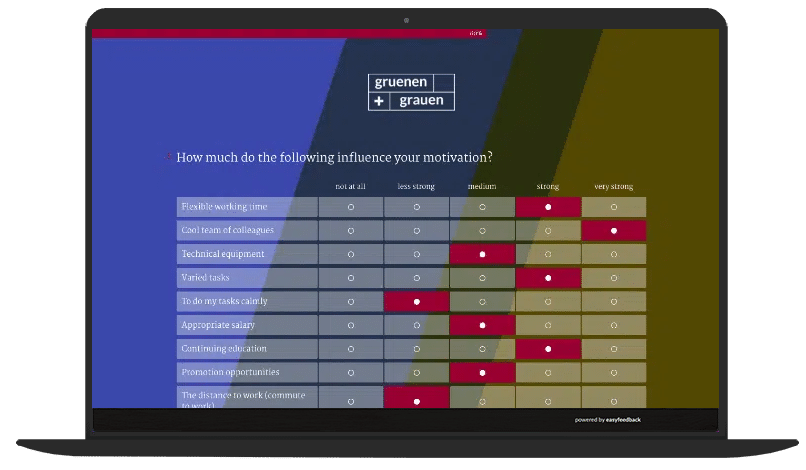What is team management?
Team management encompasses all measures and activities that are necessary to successfully lead and manage a team.
This includes:
- Clearly defining roles and responsibilities: Ensuring that each team member knows exactly what is expected of them.
- Setting goals: Both long-term and short-term goals to measure progress.
- Encourage communication: Effective sharing of information is key to good collaboration.
- Increase motivation and commitment: A motivated team works more productively and is more likely to stay on task.
Successful team management therefore means recognizing the strengths and weaknesses of individual team members as well as making the most of their potential.

Challenges in team management
Team management is not without its challenges.
Here are some of the most common issues team leaders face:
1st challenge: Different personalities and working styles
Each team member brings their own personality, working style and experience to the table.
These differences can lead to misunderstandings and conflict if not managed properly.
2nd challenge: Communication problems
Misunderstandings, unclear instructions or a lack of information transfer are common problems that can affect a team’s productivity.
Effective communication is therefore a central component of team management.
3rd challenge: Maintaining motivation
It can be difficult to keep team members motivated and engaged over a long period of time.
A good team leader must be able to inspire and motivate their team, even when tasks are monotonous or demanding.
4th challenge: Time and resource management
The correct allocation of tasks and resources is crucial to ensure that projects are completed on time and within budget.
Poor planning can lead to bottlenecks and overload individual team members.
Strategies for effective team management
To overcome these challenges, the following team management strategies can be helpful:
1st strategy: Set clear goals and expectations
A clear understanding of goals and expectations helps team members to focus on tasks and achieve the desired results.
It is important to formulate SMART goals (Specific, Measurable, Achievable, Relevant, Time-bound).

2nd strategy: Promote open communication
Encourage open and transparent communication within the team.
Regular meetings and feedback sessions help to avoid misunderstandings and ensure that everyone is on the same page.
This is where easyfeedback can play a central role by allowing anonymous feedback to be collected to get honest opinions and suggestions for improvement from team members.
3rd strategy: Clearly define roles and responsibilities
Every team member should know exactly what their role in the team is and what their responsibilities are.
A clear definition of roles helps to avoid confusion and improves the efficiency of the team.
4th strategy: Promote team building
Team building activities are a great way to strengthen collaboration and trust within the team.
You can help improve relationships between team members and foster a sense of community.

5th strategy: Flexibility and adaptability
A good team leader must be able to react flexibly and adapt their strategy when conditions change.
Flexibility is important in order to be able to react to unforeseen challenges and obstacles.
Best practices for team leaders
Here are some best practices that team leaders should consider to successfully manage their teams:
1st practice: Build trust
Trust is the foundation of all successful teamwork.
Team members need to feel that they can trust their team leader and colleagues.
A trusting relationship promotes cooperation and commitment.

2nd practice: Giving praise and recognition
People work better when their achievements are recognized.
A simple “thank you” or public praise can work wonders to increase the motivation and productivity of team members.
Practice 3: Resolve conflicts quickly
Conflicts are inevitable in any team, but it is important to resolve them quickly and professionally.
A good team leader should act as a mediator and ensure that all points of view are heard before a solution is found.
4th practice: Offer development opportunities
Allow your team members to develop and learn new skills.
This can be through training, workshops or taking on new tasks.
Development opportunities help to increase employee satisfaction and retention.

5th practice: Using emotional intelligence
Emotional intelligence is the ability to understand and manage one’s own emotions and those of others.
A team leader who has a high level of emotional intelligence is better able to respond to the needs of their team and create a positive working environment.
Using easyfeedback as team management software
easyfeedback is a versatile survey tool that can help you optimize your team management by providing valuable insights into the moods, needs and challenges of your team members.
Here are some ways easyfeedback can support your team management:
1st option: Set up regular feedback loops
With easyfeedback, you can create regular surveys to measure team member satisfaction and engagement.
This helps you to identify problems early on and react to them before they become major obstacles.

2nd option: Anonymous surveys for honest feedback
One of the biggest challenges in team management is getting honest and constructive feedback.
The ability to conduct anonymous surveys allows you to gather honest opinions and suggestions that might otherwise go unspoken.
This encourages more open communication and helps to reduce tension within the team.
3rd option: Needs analysis for training and development
Use easyfeedback to find out what training or development opportunities your team members need.
Through targeted surveys, you can develop tailored training programs that meet your team’s needs and strengthen their skills.
4th Option: Measure employee engagement and motivation
Use easyfeedback to regularly check the motivation level of your team.
By understanding what motivates your team and which factors are demotivating, you can take targeted measures to increase engagement.

5th option: Evaluate successful team building measures
After team building events or workshops, you can use easyfeedback to carry out an evaluation to determine which measures were particularly effective and which areas could be improved.
In this way, you can ensure that your investments in team building activities have the desired success.
Conclusion: The key to success with surveys
Effective team management is a challenge, but also a rewarding task.
With the right strategies and tools, such as easyfeedback, you can not only optimize your team’s performance, but also positively influence the working atmosphere.
The ability to collect continuous and structured feedback helps you to identify challenges early on, improve communication and promote the commitment of your team members.
A good team leader knows that the success of a team is not only measured by the results, but also by the way in which these results were achieved.
By using easyfeedback as a tool to gauge opinion and sentiment, you create a culture of openness and transparency that drives your team to peak performance and enables long-term success.





